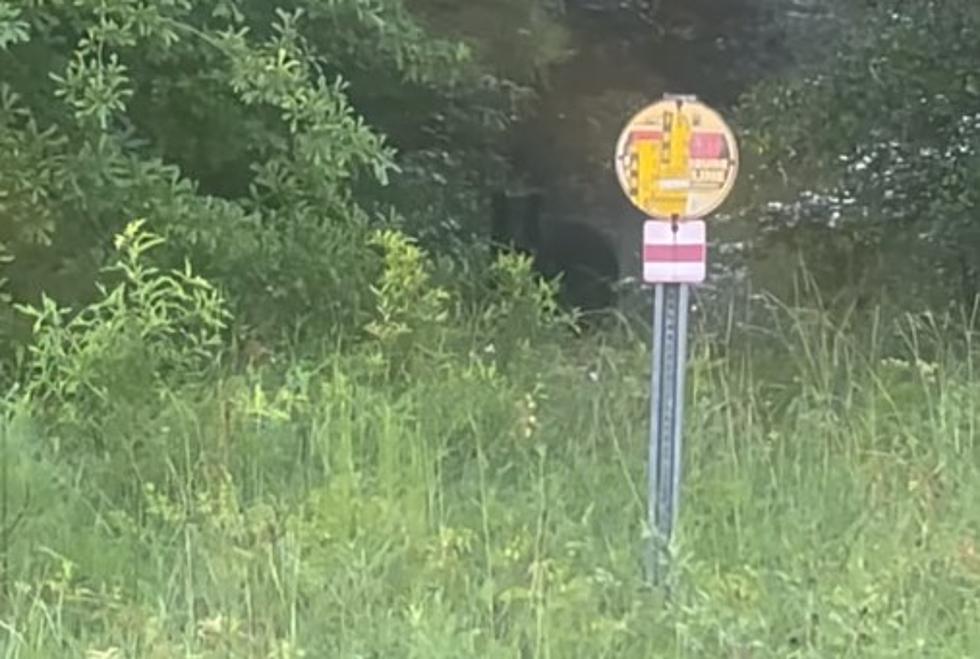
Another Black Bear Caught on Video In Northwest Louisiana
Apparently spotting black bears in Louisiana is becoming more commonplace than ever before.

Just a few weeks ago, the Natchitoches Parish Journal reported that an adult black bear had been photographed in the city limits of Natchitoches. The photo and story were submitted by a reader who caught the bear on camera on June 19. This was only a matter of days from the sighting of another bear on June 2 on the banks of the Cane River in the Natchez area.
And in case you've forgotten, the LDWF notified the public that on the night of May 12 of this year, someone had killed a bear off Millie Road in Ruston.
Then, this past Friday, July 7, at 8:07 am, DeSoto Parish resident Coday Johnston thought what he saw on Blunt Mill Road, commonly referred to as the Grand Cane Cutoff Road in the Grand Cane area, was a hog. But as Coday got closer, he realized that was no hog. Indeed, he was looking at a black bear and it was dragging a deer across the road.
Coday says, "When I rounded the corner it was back pedaling with that deer in its mouth dragging it. I’m glad I was able to get video and pics because people would’ve had a hard time believing me."
Only days before Coday caught this bear on camera, there was a report of a bear sighting just west of this sighting near Stanley, Louisiana and likely could have been the same bear.
Coday estimated this bear to only be around 150 pounds, and should his estimation be correct, it's likely that this bear is either a juvenile male or an average adult female. According to the Louisiana Department of Wildlife and Fisheries, adult males average between 300 and 400 pounds but can weigh more than 500 pounds. Adult females average 120 to 200 pounds.
Why Are We Seeing Bears More Often Here In Northwest Louisiana?
Obviously we have had a decent black bear population in Louisiana for a number of years now, but most of the population was more to the Southeast of the Shreveport area. Due to that increased population, many speculate that some of the juvenile males have been pushed out of their original "home areas" by dominate males, or of their own initiative as they search for available breeding females.
Just How Far Do These Bears Travel In Search Of Food Or Breeding?
The website, nwco.net states that, "The home range of males is up to 100 square miles. Females stay closer to where they were born, with home ranges often less than 15 square miles." And they go on to tell us that it's currently breeding season for the Louisiana black bear, "May to June, sometimes extending into July, August, or even September."
So, in all likelihood, we've got a number of these bears on the prowl just looking for love and they've wandered into our area. Of course, this can only mean that if these few have found us, there will likely be others and seeing them could get more and more frequent in the coming years.
While it's actually pretty cool to think they are here, though not normally dangerous to humans, they can reek havoc on garbage cans, dumpsters, deer feeders, even get into livestock feed, so should this happen, don't allow your frustrations to get the best of you. LDWF reminds us that taking a bear during a closed season brings a $900 to $950 fine and up to 120 days. Anyone found guilty of shooting this black bear may also face civil restitution for the replacement value of the illegally taken black bear totaling $10,000.
Top 10 Most Likely Things to Kill You in Louisiana
75 Of The Most Famous People From Louisiana
More From News Radio 710 KEEL









